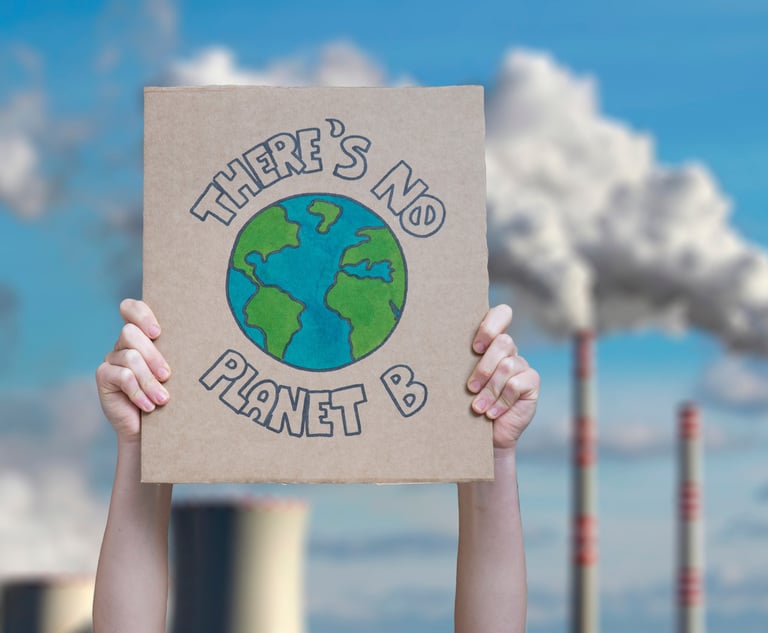(Bloomberg) – As it drives tens of thousands from their homes and turns whole neighborhoods to ash, the wildfire raging through Canada's oil-rich Alberta province is feeding on conditions that got their start thousands of miles away in the equatorial Pacific Ocean.
An El Niño in the Pacific disrupted weather patterns to bring northern Alberta a dry fall and very little snow throughout the winter, said Daniel Thompson, a fire research scientist with Natural Resources Canada in Edmonton. Then, in the last week, record temperatures along with dry air and winds added to the tinderbox environment. That's what you get with El Niño, and not just in Canada: the phenomenon's been blamed for blazes in Indonesia and high-risk conditions across the western U.S.
"In 1997-98, we saw a similar sort of setup," Thompson said. "It's safe to say that weather played a major role in the fire here." El Nino happens when the surface of the equatorial Pacific warms, triggering a reaction in the atmosphere above the ocean, and disrupting weather patterns globally. It occurs at irregular intervals and with varying intensities: the current one started in March 2015 and is unusually strong.
Want to continue reading?
Become a Free PropertyCasualty360 Digital Reader
Your access to unlimited PropertyCasualty360 content isn’t changing.
Once you are an ALM digital member, you’ll receive:
- All PropertyCasualty360.com news coverage, best practices, and in-depth analysis.
- Educational webcasts, resources from industry leaders, and informative newsletters.
- Other award-winning websites including BenefitsPRO.com and ThinkAdvisor.com.
Already have an account? Sign In
© 2024 ALM Global, LLC, All Rights Reserved. Request academic re-use from www.copyright.com. All other uses, submit a request to [email protected]. For more information visit Asset & Logo Licensing.








